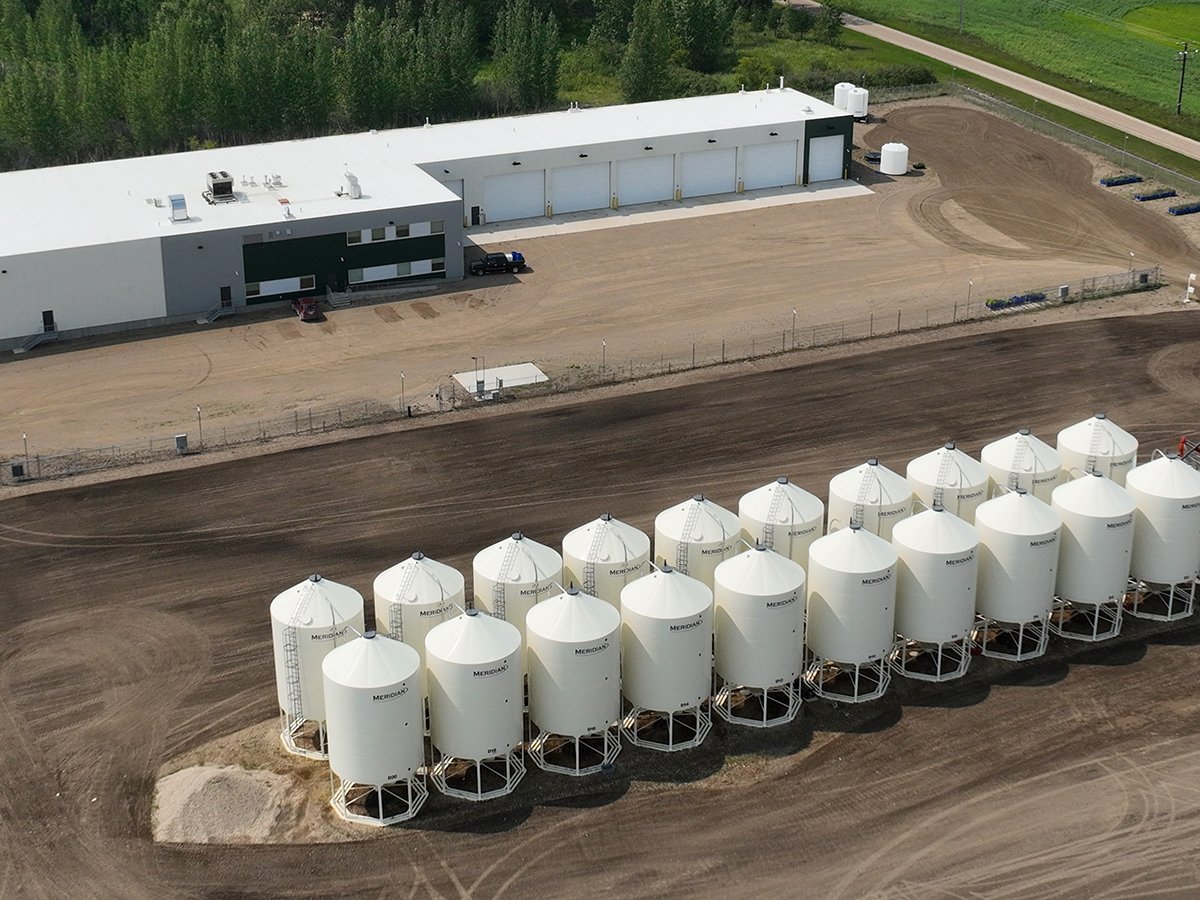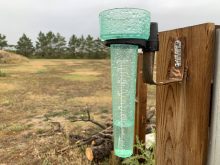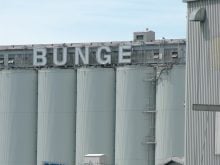Carbon is one of the most common elements in living things. Living trees (and humans) are mostly made of water, but about 18 percent is carbon.
Pure carbon is a valuable commodity, useful in composite materials, bioplastics, water filtration, air pollution control, a replacement for peat moss, or as a soil enhancer. One form, carbon black, is used as a pigment in paints, to protect plastic against ultraviolet light and to strengthen the rubber in tires.
Titan Green Energy Projects makes several products for agriculture, horticulture, and domestic use. This includes a feed additive in ruminants, designed to reduce methane and odour production and the need for antibiotics. It also makes a biochar soil amendment, a kitty litter designed to absorb odour, and a marine biodegradable composite material.
Read Also

Saskatchewan firm aims to fix soil with compost pellets
In his business, Humaterra, Leon Pratchler is helping farmers maximize yields in the weakest areas of their fields through the use of a compost pellet.
Biochar is good for agricultural soils — to a point. University of Saskatchewan soil scientist Jeff Schoenau described it as “basically, synthetic humus.”
It helps soils hold water and keeps nutrients from leaching past the root zone, especially on lighter land in wetter conditions, he said.
The biggest benefits are to be had on poor soils, particularly those that are acidic. One “fairly large effect” was a reduction in the release of nitrous oxide. This greenhouse gas, about 300 times more potent, although much less long-lived in the atmosphere, than carbon dioxide, is particularly challenging for agriculture because much of it comes from nitrogen fertilizers.
Biochars also proved effective at neutralizing residual crop protection products such as sulfonylureas. Schoenau also found that biochar in the seed row can protect the crop from herbicides controlling weeds between the rows.















